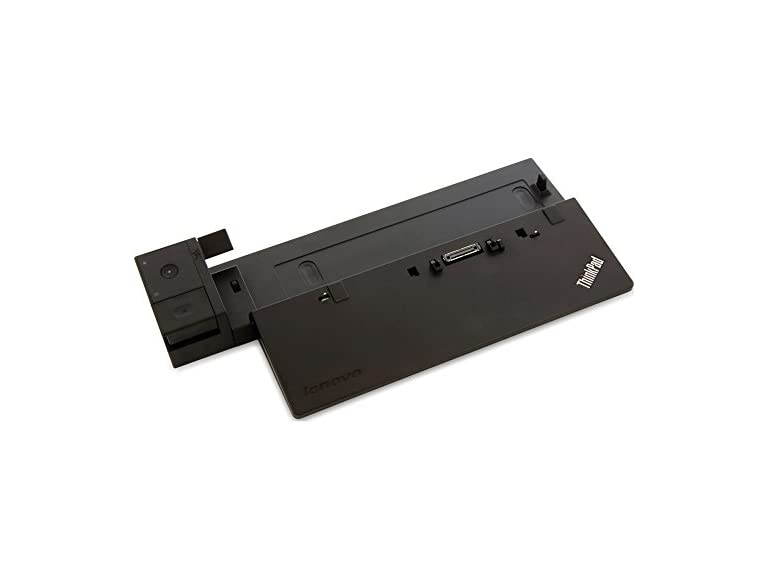Top positive review
14 people found this helpful
Killer deal, all features work on Linux
By Patrick on Reviewed in the United States on October 10, 2019
tl;dr: • multimonitor works on Linux • 75-85% off makes it a hell of a deal • Lenovo cheaped out on the AC adapter, but it's fine I picked this thing up because it's compatible with my personal laptop, which despite having a Thunderbolt port, doesn't support my existing TB3 docks. (I think this is for want of PCI-E bandwidth; my TB docks are dual 4k but the laptop's TB3 lane is only 2x.) My first complaint about this thing is that it didn't actually come with a slim-tip AC adapter. Instead, it came with the old barrel-type and a very short adapter cable. That adapter cable caused problems for me, but I only noticed the problem after I had dropped and stepped on it, so that may not be Lenovo's fault at all. The problem is that due to slight tweaks or a will o' the wisp, the power would get cut to the device, and when it powercycled, my monitors didn't come back. I picked up a very cheap, third-party, aftermarket slim tip adapter with decent reviews, and I've had no problems of that kind since. LIMITATIONS: For multi-monitor use, the bandwidth limitations on the two DisplayPort ports on the dock allow only 3840x2160@30Hz each. This can be troublesome if your monitors use more bandwidth than that. Both monitors I have hooked up are that way: one is 3840x2160@60Hz and the other is 2560x1440p@165Hz. This means that with both plugged into the dock, sometimes only one will show up or give any output, but this can be worked around. Additionally, each DisplayPort port is paired with another video port of a different type, and only one of each pair can be used together. So it supports only two monitors. I have had no success daisy-chaining standalone MST hubs to try to add a third monitor, but I have only tried with one so far. LINUX QUIRKS You will need a recent Linux kernel for this to work. I'm running Linux 5.3 on NixOS. Additionally, sometimes a monitor will not show up in the KDE graphical display management tools, even though it is visible in the output of `xrandr -q`. Even when the graphical display is broken, however, VTs pretty much always work. So I have gotten my monitors to behave by instructing xrandr to set the resolutions and refresh rates from the virtual terminal, then quickly switching back. My shell is Fish, so the command in my specific case is this: sleep 10s; xrandr --output DP2-1 --mode 2560x1440 -r 60; xrandr --output DP2-2 -m 2560x1440 -r 60 and then switching back to the VT of the display server. OTHER NOTES: The laptop runs really hot most of the time when it's closed and pushing as many pixels as it can on the two external monitors.
Top critical review
...first Thinkpad dissapointment... twice...
By Jean Lostaunau on Reviewed in the United States on July 14, 2019
I'm a Thinkpad person, I really trust in all the models and try to keep regularly updated. I got this docking for a Thinkpad T540p. Fits well, maybe a little loose if you try to lift the laptop, but as long as it's sitting down, it's ok. Two monitors plus the laptop working at the same time, all ok there. The issue is with the USB ports. I have a Microsoft wireless keyboard + mouse, and also a Logitec wireless mouse. I'd like to keep the antenas connected all time, but after some time of use (can be 10 minutes or 4 hours), the USB ports in the docking stops recognizing them. I got a second base, because of the really cheap price, and thinking it may be a problem with the first one I got... the same problem twice. Well, at least both work fine for the multiscreen thing up to laptop + 2 extra screens... for getting more than 2 extra screens, use an external graphic card or an adaptor.
Sort by:
Filter by:
Sorry, no reviews match your current selections.
Try clearing or changing some filters.Show all reviews
Show more reviews
